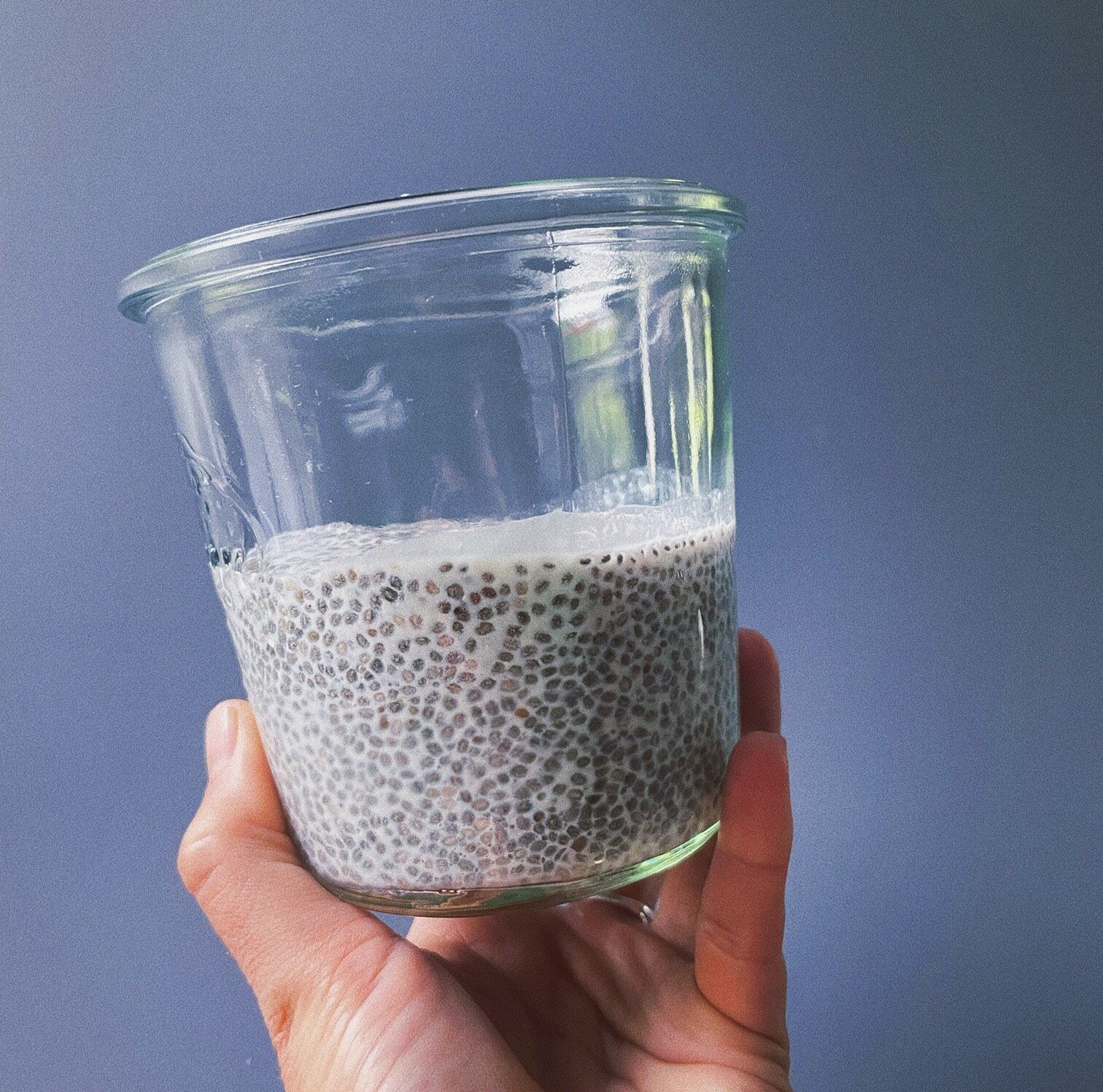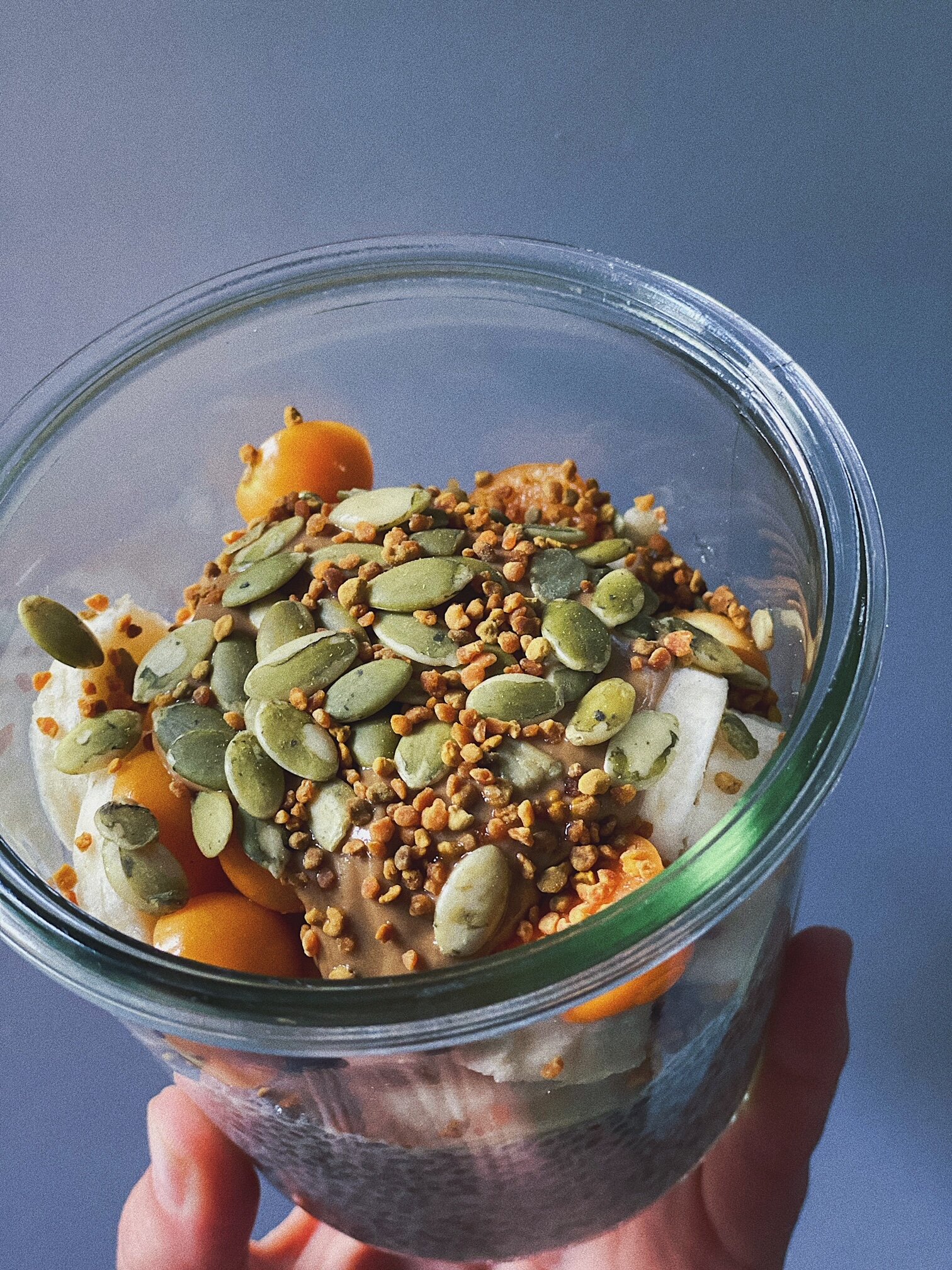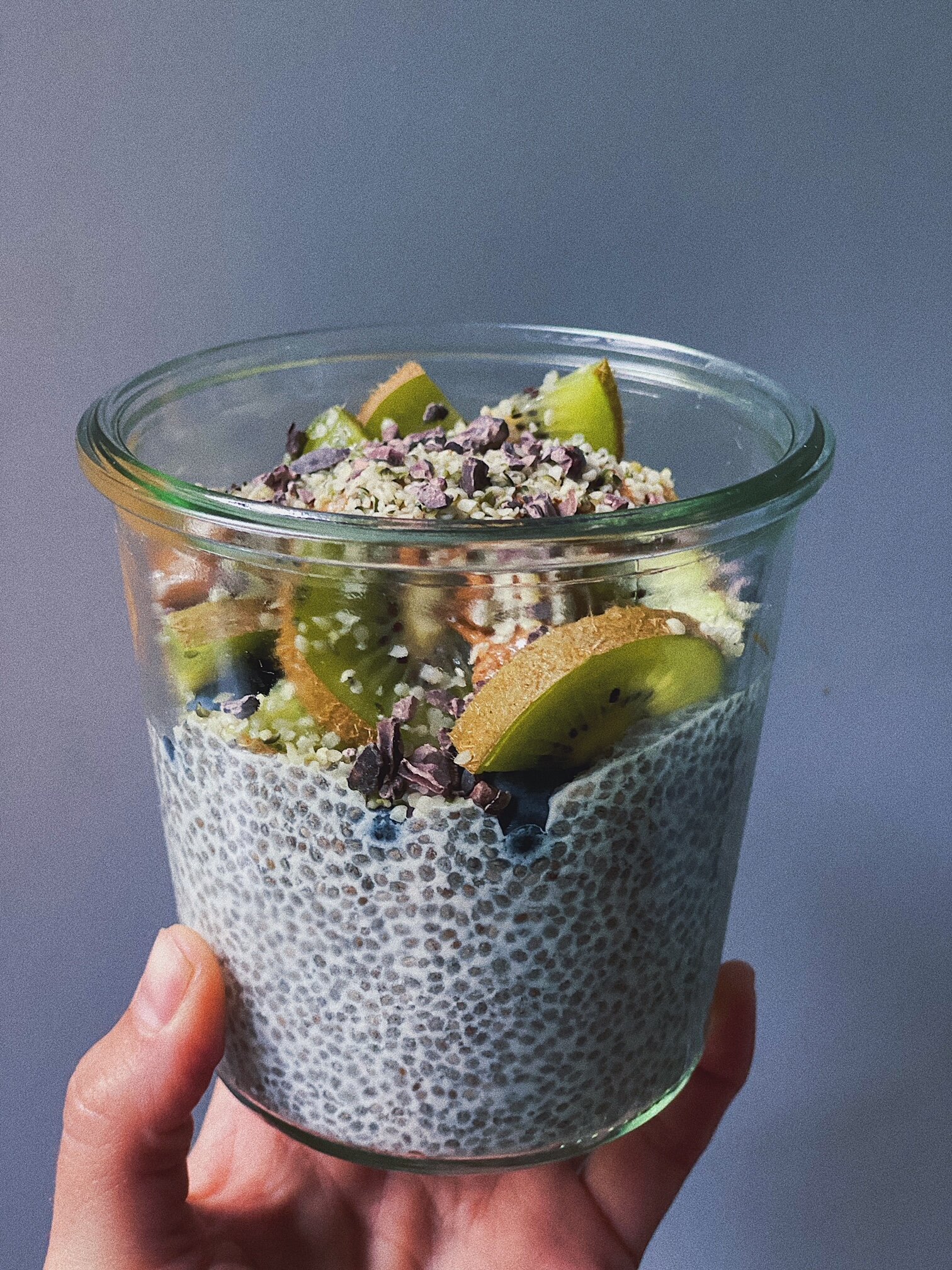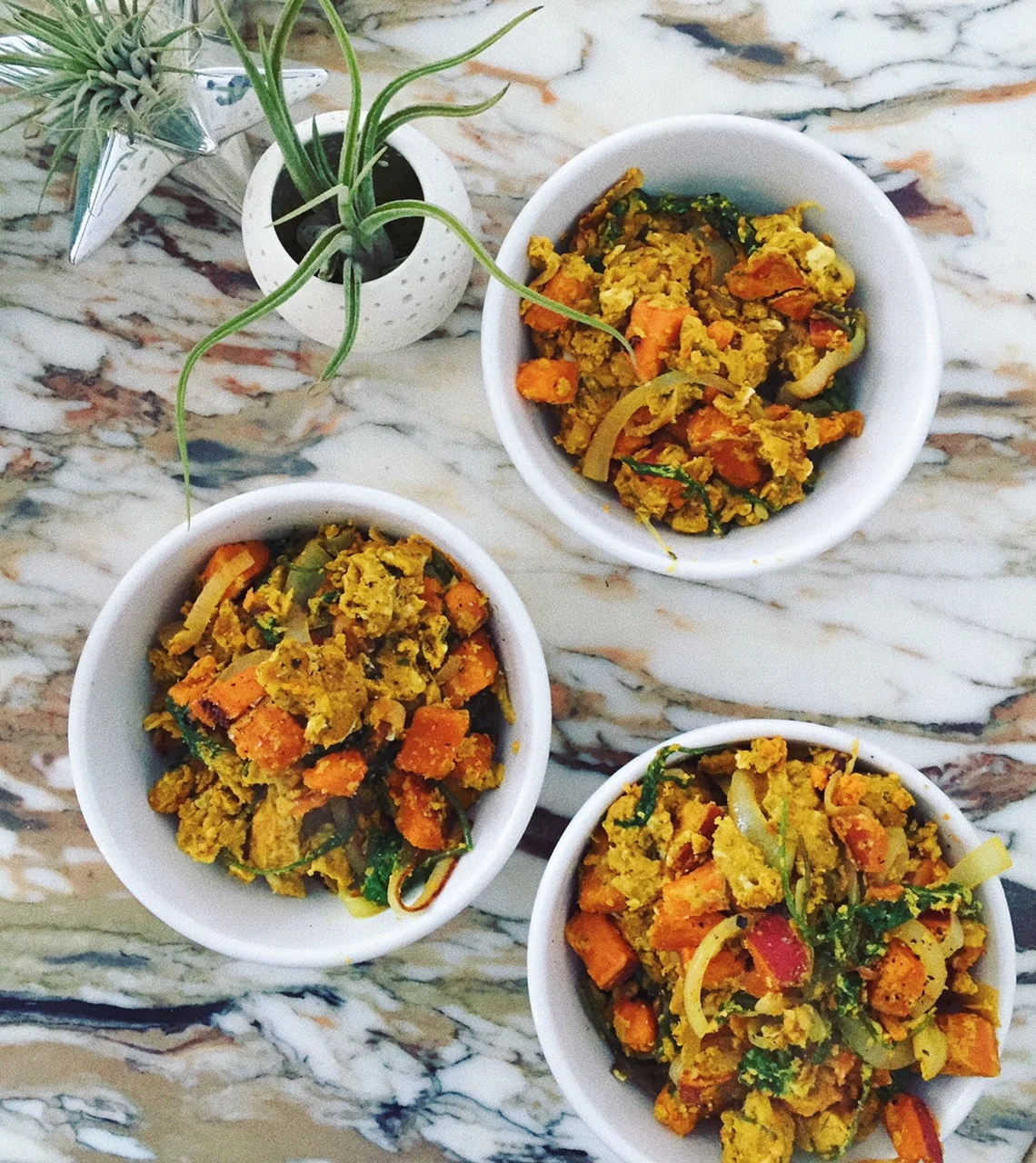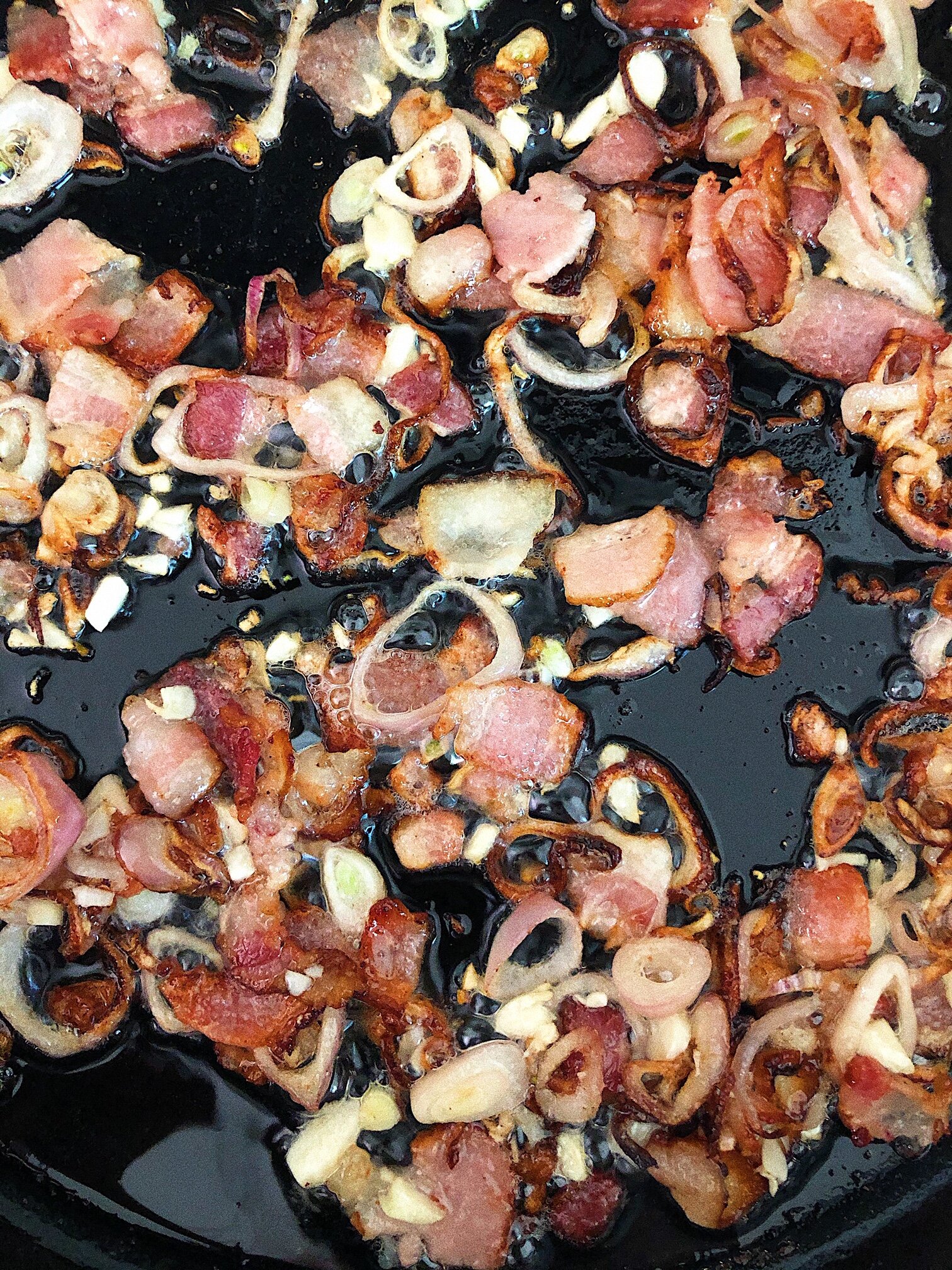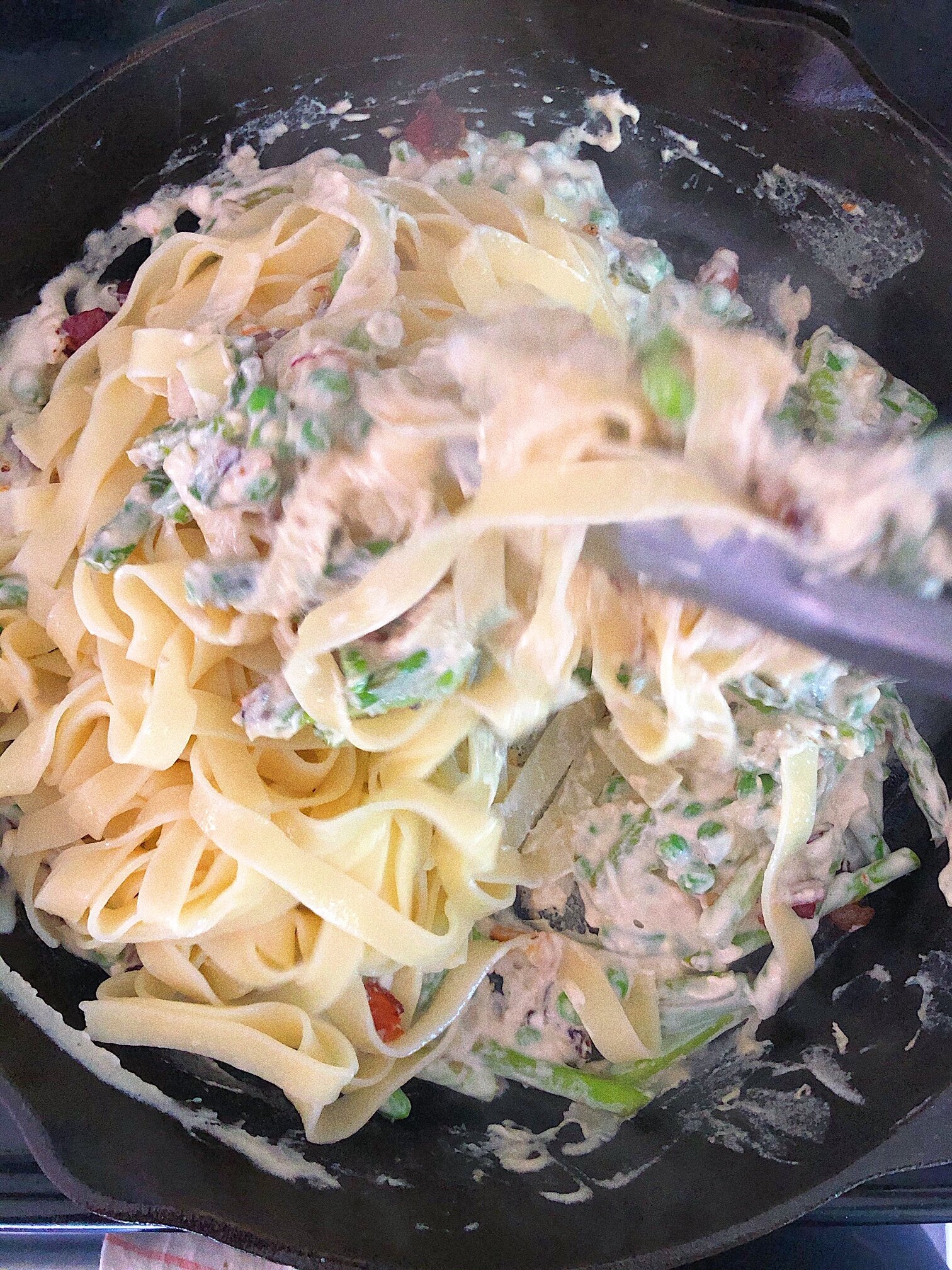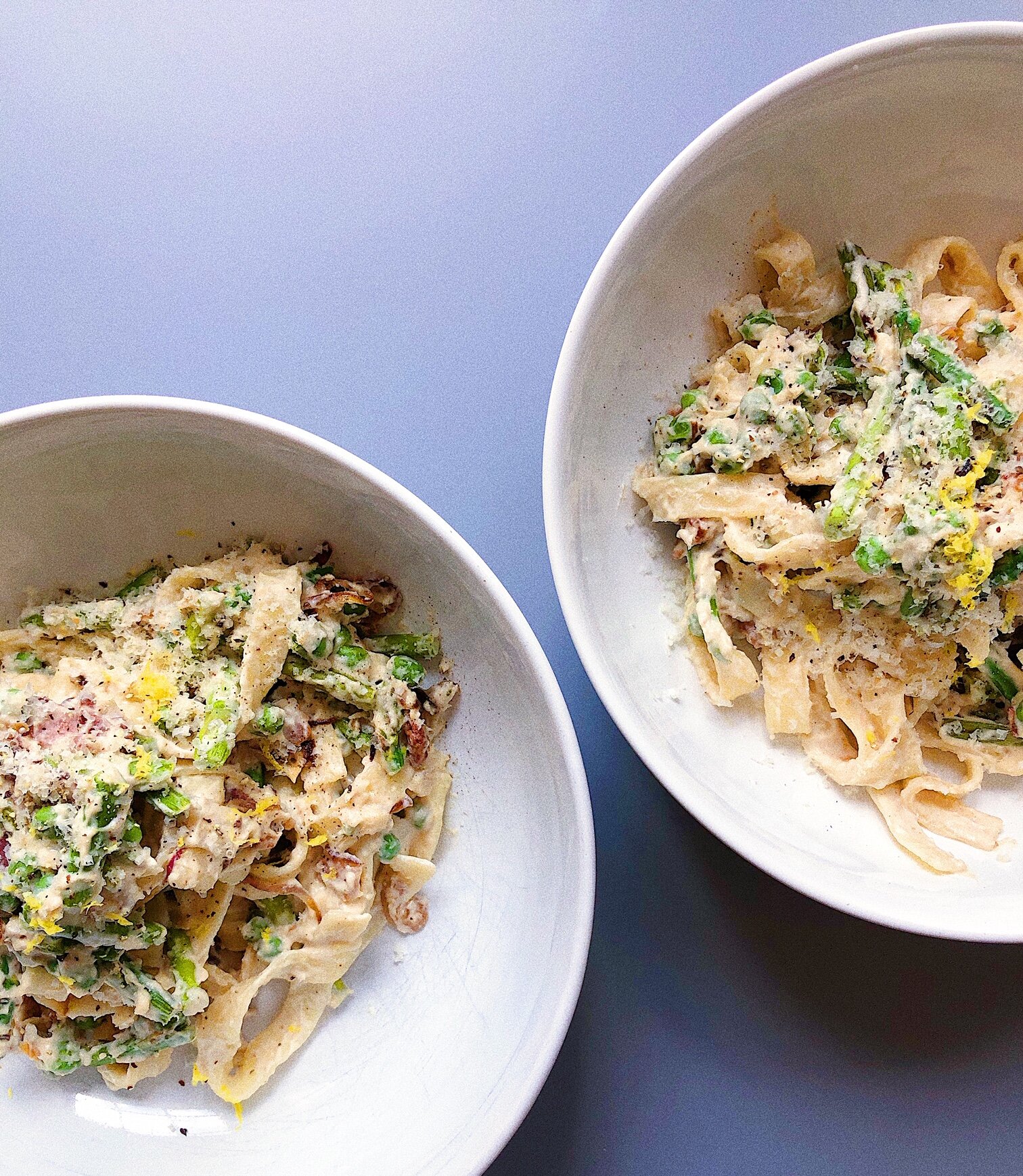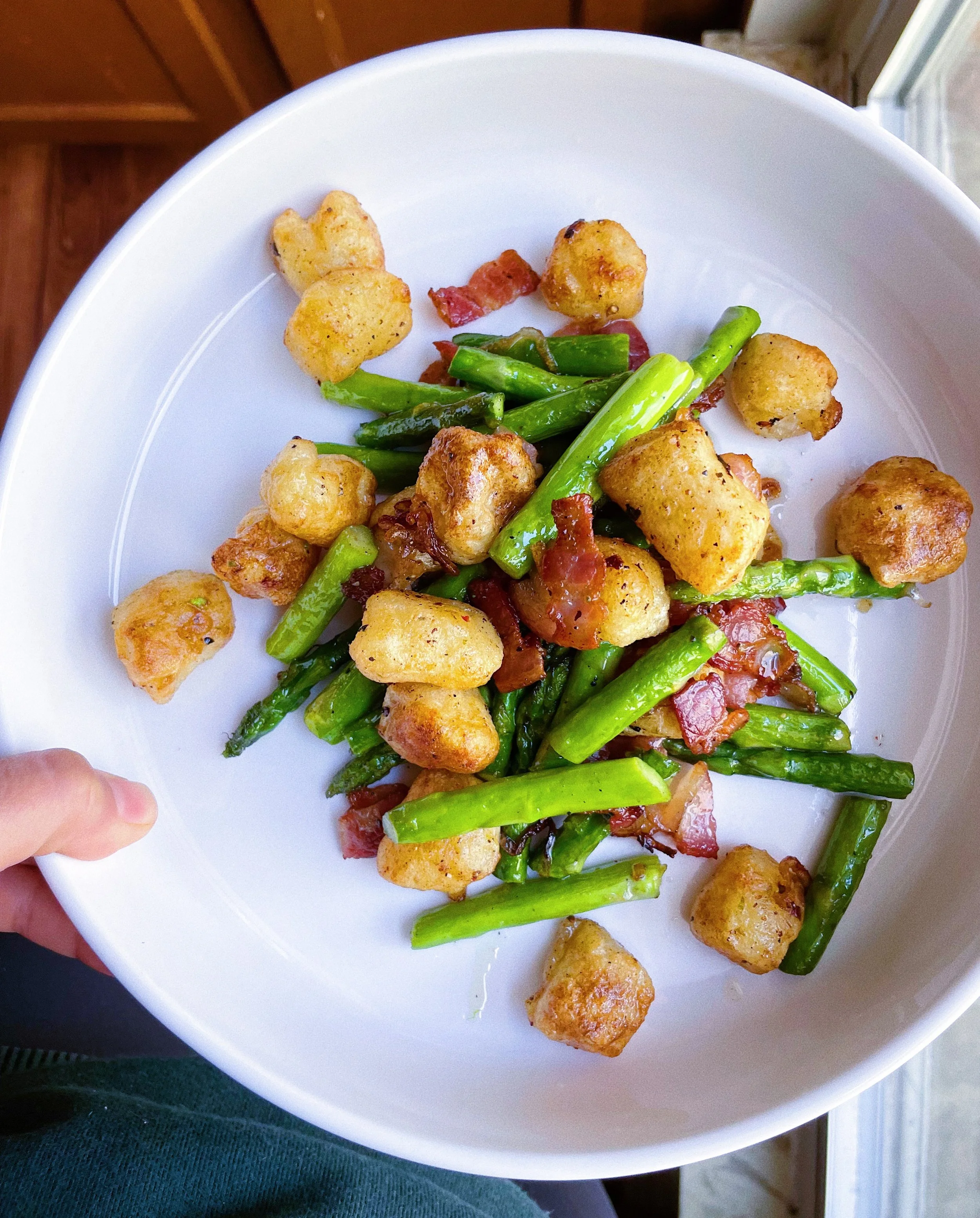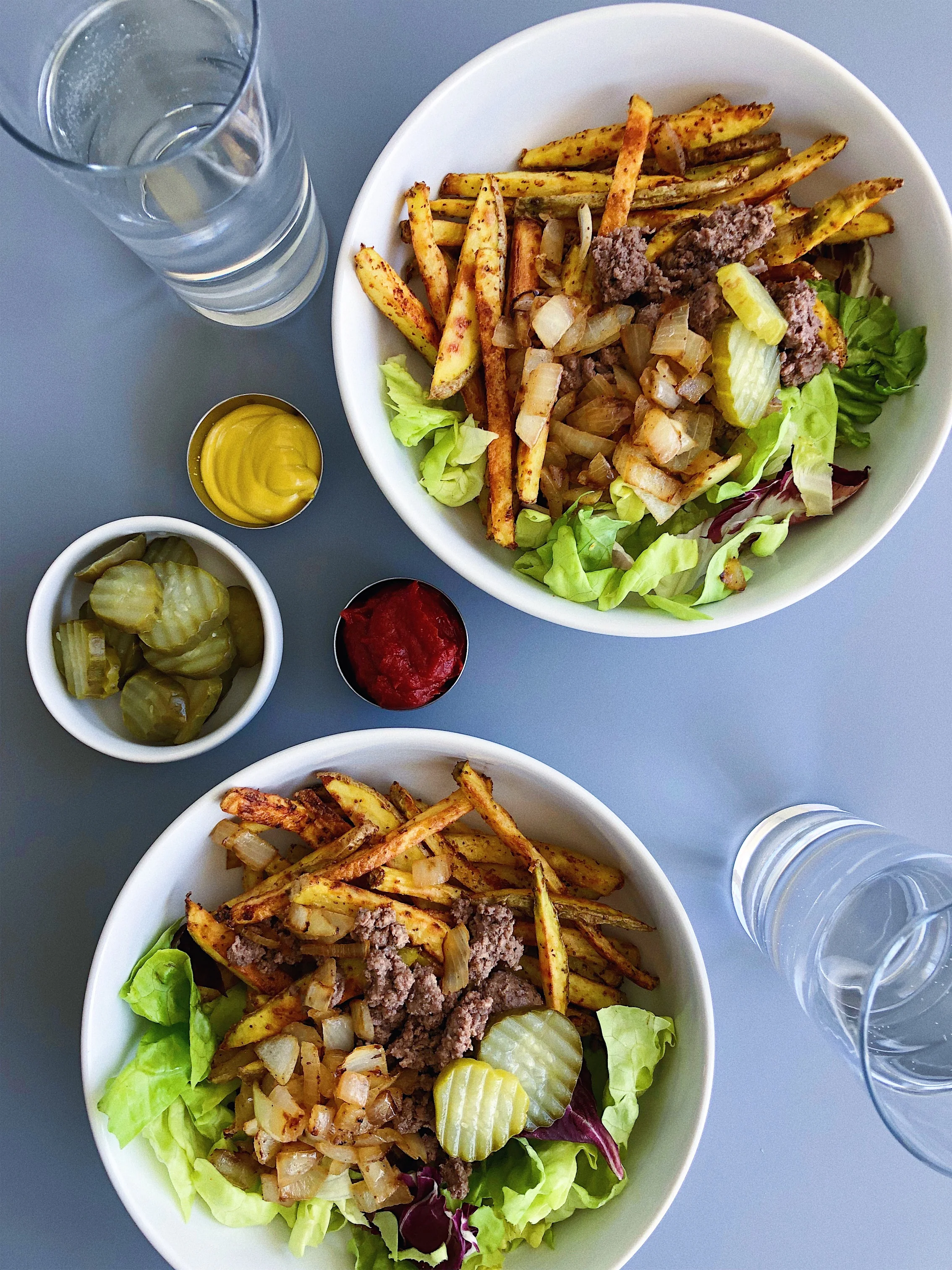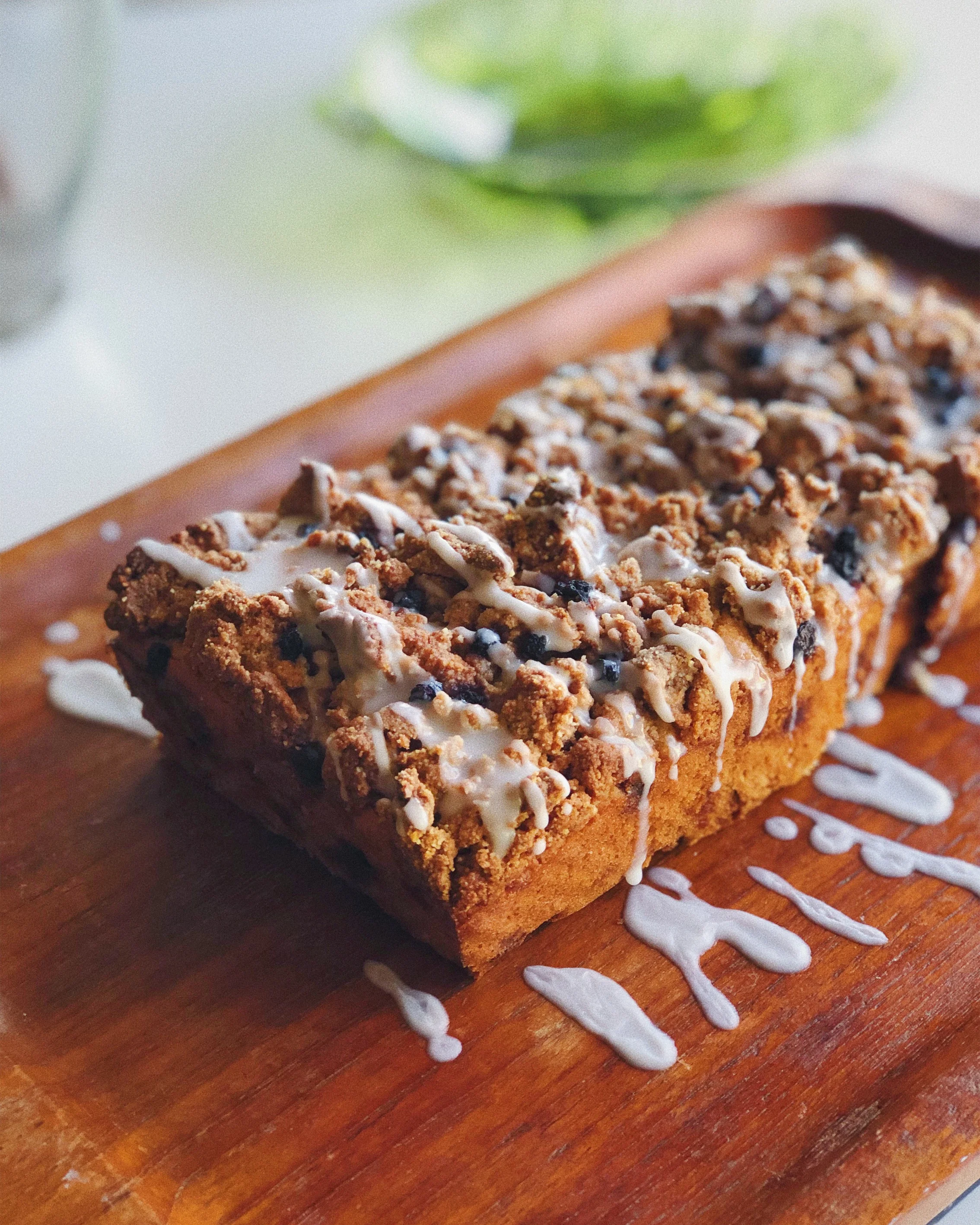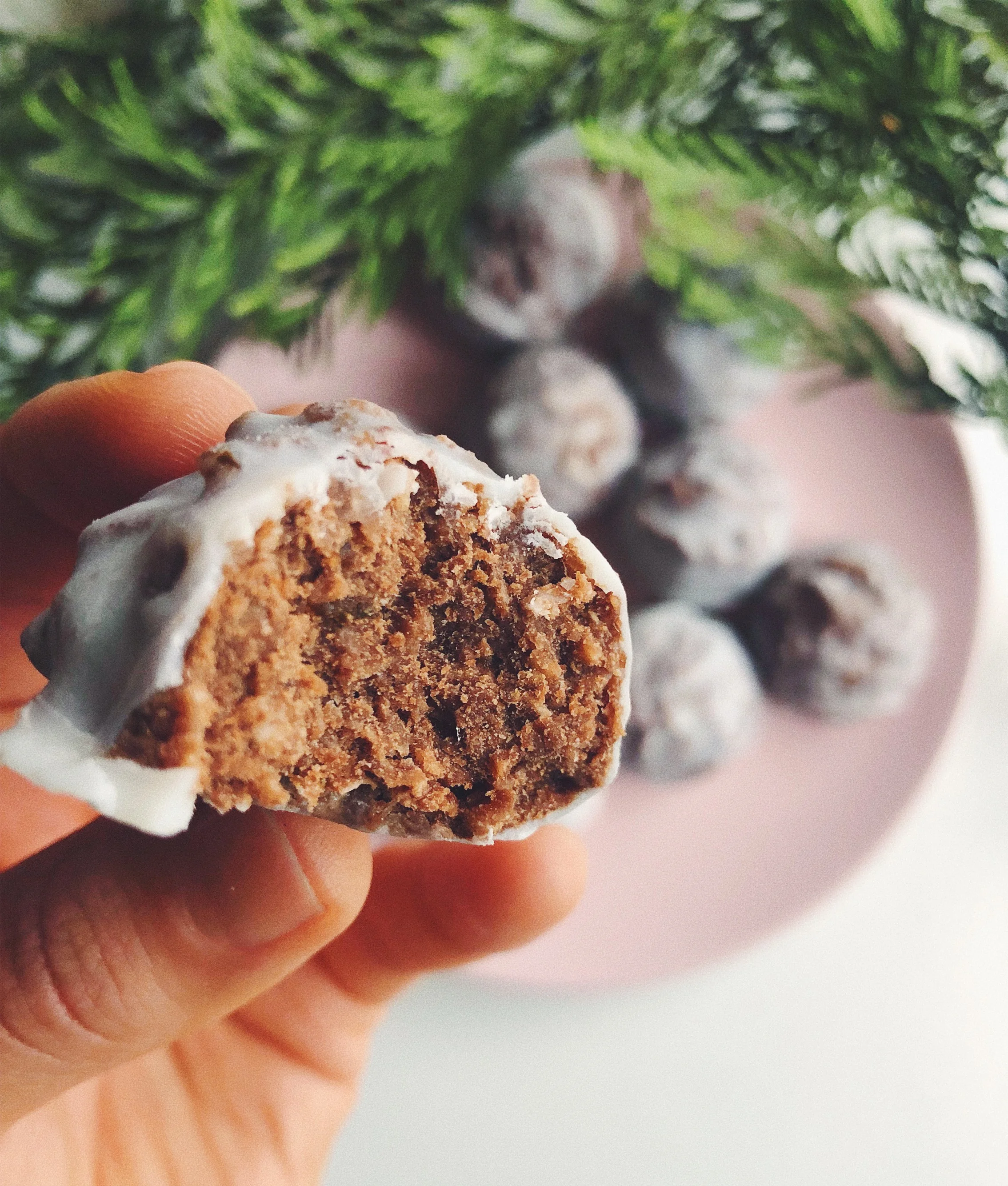Every time I post something about chia pudding, I get a TON of questions about it. It’s actually quite simple, but there are a few tips and tricks that will help you make your best chia pudding. First thing’s first -
What is Chia Pudding?
Chia pudding is a mixture of chia seeds and liquid of your choice (typically a non-dairy milk) that’s most often consumed like a breakfast porridge or yogurt. Chia seeds absorb liquid and gel up. They’re almost like mini tapioca pearls. The resulting pudding can then be topped with fruit, nut butters, seeds, granola, etc. for a delicious and filling breakfast!
Why am I so obsessed with Chia Pudding?
I am a huge fan of chia pudding because it’s a blank canvas - you can add whatever you want to it to make it something you like. It’s extremely easy to batch prep, so you can have healthy breakfasts on hand all week. Chia seeds are an amazing source of fiber, so they support digestion and regularity. They also contain omega 3 fatty acids, which are anti-inflammatory. It’s one of the most simple, nutrient-dense meals you can prep!
Basic Recipe
1 serving, multiply accordingly
ingredients
1 cup non-dairy milk (preferably unsweetened)
2-3 tbsp chia pudding (3 tbsp for a thicker chia pudding, which is my preference)
directions
1. I like to prep my chia pudding in individual containers (wide mouth mason jars work great) so that I can grab and go all week, but if you eat breakfast at home you could just prepare multiple servings in a large container.
2. Add 1 serving of chia seeds to each container.
3. Pour your non-dairy milk in. Stir the chia seeds immediately so that they are distributed throughout the liquid. They start absorbing liquid instantly, and you don’t want them to clump together. Stir each container once.
4. This next part is key for a non-clumpy, perfect texture chia pudding. Wait 3 minutes and then stir each container again, to redistribute the chia seeds. You can stop here, but personally I would wait another 3-5 minutes and then give each container one last stir. Keep in mind that your chia pudding will continue to thicken, but if your chia pudding seems too thin, add another teaspoon of chia seeds until you reach your desired consistency.
5. At this point you can either seal your containers and put in the fridge, or you can go ahead and put your toppings on now - this is a totally personal choice! I usually put my toppings in at this point so that the chia puddings are ready to grab n’ go.
Topping Ideas
I typically use whatever fruit is in season + nut or seed butter + something crunchy. Cacao nibs are my go-to for adding crunch without extra sugar. Feel free to use granola, but be mindful of the sugar content. Here are a few yummy combos:
Seasonal berries + almond butter + cacao nibs
Sliced banana + cashew butter + pumpkin seeds
Fresh mango + almond butter + toasted coconut flakes
Roasted sweet potatoes (trust me) - for full details check out this post
Optional Add Ins
Ground flaxseeds - you can substitute some of the chia seeds with flax seeds since they also thicken up liquid
Yogurt - add some yogurt for probiotics. My favorite non-dairy brands are Lavva, Kite Hill and Forager. Go for unsweetened.
Other seeds - hemp seeds, pumpkin seeds, sunflower seeds, etc.
Dried fruit - raisins, chopped dates, coconut, etc. Again, be mindful of added sugar here
Spices - cinnamon, cardamom, nutmeg, vanilla, etc.
Adaptogens/herbs - maca, chaga, reishi - as long as it’s not too bitter, I add small amounts.


